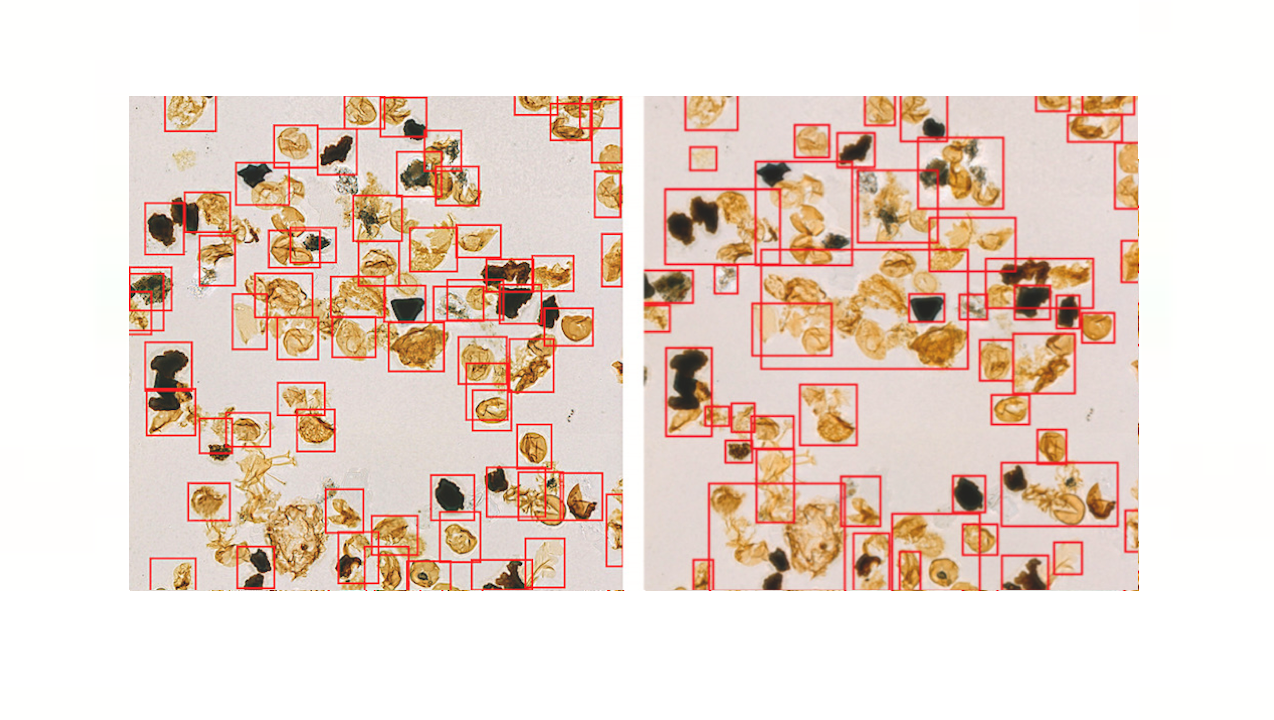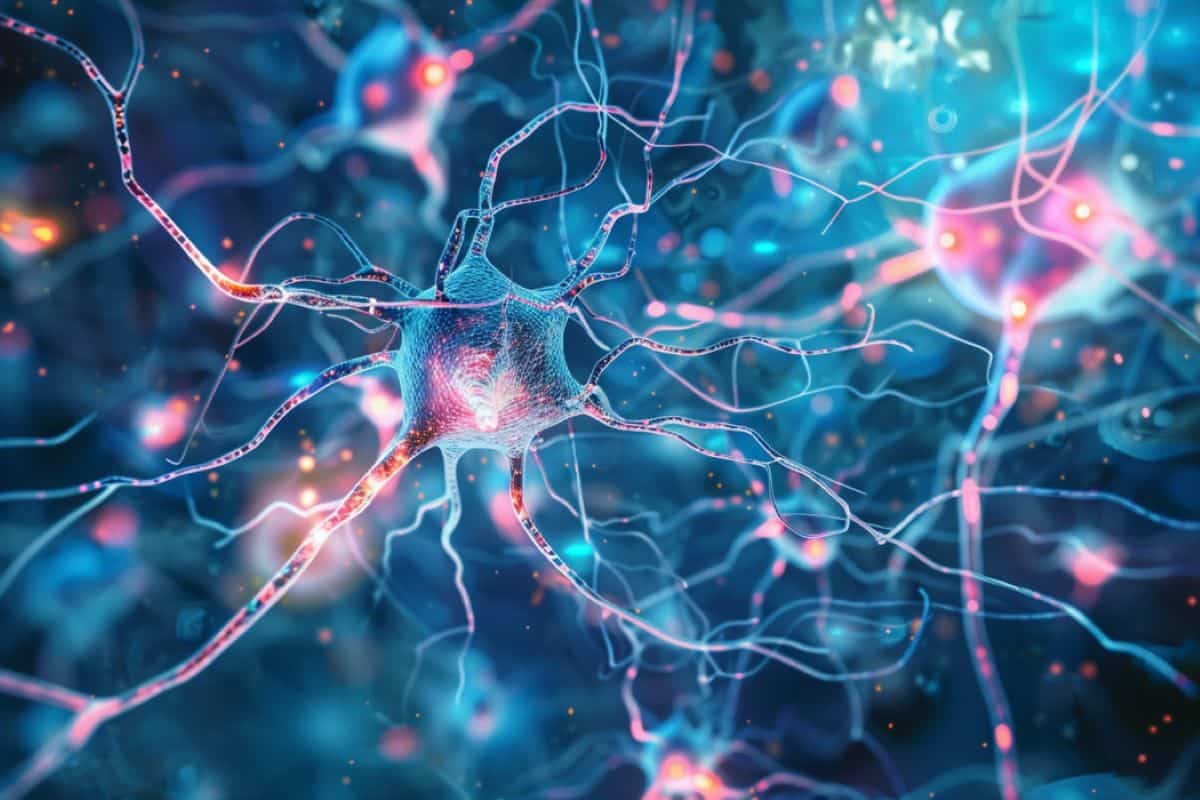
At Minutia, CEO & Co-founder Katy Digovich is leveraging her private journey with T1D and expertise in world well being innovation to develop a novel, practical cell-based treatment for Type 1 diabetes. In collaboration with co-founders Matthias Hebrok, PhD — outstanding diabetes researcher and Director of the Institute for Diabetes and Organoid Technology at Helmholtz Munich — and Tuan Vo-Dinh, PhD — professor of chemistry and biomedical engineering at Duke University — Minutia’s answer builds on the final decade’s breakthrough cell transplantation improvements, leapfrogging present challenges with an unconventional utility of cell based mostly sensors and a chic transplant process.Investors, be taught how one can turn out to be a Health Moonshot Champion and assist Health Transformers like Katy Digovich of Minutia.Type 1 diabetes (T1D) is a severe autoimmune situation, and Katy Digovich has it. Diagnosed when she was six years previous, Digovich grew up testing blood sugar ranges and injecting insulin a number of occasions per day so as to handle this complicated situation.Armed with the perfect diabetes administration instruments, training, and assist obtainable, by age 21, Digovich was rounding out her faculty profession as a Division I basketball participant at Princeton and packing her baggage for Sub-Saharan Africa below the banner of a grant she secured her senior 12 months to conduct analysis on HIV.Digovich spent the primary decade of her profession as a world transplant, working on the intersection of therapeutics and diagnostics of HIV and TB in Sub-Saharan Africa and SouthEast Asia. In 2015 she started to work on a world staff on the Clinton Health Access Initiative.Although diabetes was not her skilled focus on the time, it was exactly her personal expertise dwelling with T1D that centered Digovich on pursuing her skilled objective of accelerating entry to healthcare for individuals in under-resourced communities. As she labored towards this objective, she got here to understand that the very situation she was dwelling with was a death-sentence in lots of the nations she was serving. Without entry to insulin, insulin syringes, insulin pens, insulin pumps, blood sugar meters… and the excessive stage of well being literacy that diabetes usually requires, individuals dwelling with diabetes within the communities she served would wrestle to survive or stay full, productive lives.This is the case for individuals in low- and middle-income communities everywhere in the world, and the extra Digovich confronted this reality, the extra annoyed she turned. The stage of healthcare entry required to stay a wholesome and full life with T1D is unattainable for a lot of the world’s inhabitants.“I stored having conversations in regards to the lethal implications of dwelling with Type 1 diabetes,” says Digovich. “I bought indignant.”Digovich started imagining what a treatment for T1D would appear like for under-resourced communities; one thing subtle however sensible, one thing that didn’t rely closely on commodities and a excessive stage of well being literacy, that could possibly be administered and monitored with ease, and didn’t require further (usually costly) therapies, like immunosuppressive medication.In 2021, Digovich and Drs. Hebrok and Vo-Dinh launched Minutia, a biotechnology firm centered on addressing these challenges and remodeling the lives of individuals with T1D.Minutia’s entry into the T1D analysis group comes on the good time to construct upon work already in progress and provide a brand new perspective on how to clear up the issues at the moment stymieing scientists in different labs.In 2019, across the similar time Digovich started to construct out a technique for T1D below the Clinton Health Access Initiative, a privately held biotechnology firm by the identify of Semma Therapeutics was acquired for $950 million by the American biopharmaceutical firm Vertex Pharmaceuticals. During 25 years of analysis, Semma had made two vital scientific advances. The first is a protocol to produce massive portions of pancreatic cells, generally known as islets, which secrete insulin, and have been proven to restore wholesome blood glucose ranges when transplanted into animal fashions. The second is a novel machine that protects these cells from the immune system, enabling sturdy implantation. In quick, the cells had the potential to reverse diabetes by giving T1D people again the cells they have been lacking. With their acquisition of Semma, Vertex was aimed to paved the way in bringing a practical T1D treatment to market.However, the know-how had been hamstrung by two essential elements: early fashions required invasive surgical procedure at a lower than very best website by the liver, and transplant recipients would want to take immunosuppressive medication for life. These elements would hinder the cell-based remedy’s administration and effectiveness in under-resourced communities. The outcomes have been additionally variable; the cells solely lasted a brief time period in some sufferers, and there have been questions on security over time and no method to monitor the nuances of what occurred to the cells post-transplantation.Meanwhile, Digovich started spending time in a lab with Matthias Hebrok, PhD, a Hurlbut-Johnson Distinguished Professor in Diabetes Research and (at the moment) Director of the Diabetes Center on the University of California, San Francisco. Digovich approached Hebrok with questions after one among his lectures, and she was invited to go to the lab to see his work up shut.“I requested Matthias ‘What’s the hold-up? What would it not take to make a cell-based T1D remedy viable?’” says Digovich.In Hebrok’s phrases, the present islet stem cell transplantations have been “flying blind.” There was no technique of amassing real-time information on the cells’ well being and efficiency. Given the nuance of the cells and the complicated environments they have been getting into — human our bodies — with out real-time data on how a person’s immune system was responding, the event of a healing and constant cell-based remedy could be sluggish going.During every lab go to, Digovich and Hebrok’s conversations returned to the identical matter: information. They have been within the coronary heart of Silicon Valley, the place the obsession with information and its skill to inform and predict conduct was spilling over to each trade. Why not T1D too? What if there was a method to introduce sensors into insulin-producing cells to monitor their well being and conduct post-transplantation?“When Matthias would convey this concept up with colleagues they might inform him it wasn’t doable, that it appeared like science fiction,” Digovich says.Tuan Vo-Dinh, PhD, had a special opinion. Vo-Dinh is a Distinguished Professor of Chemistry and Biomedical Engineering at Duke University. He invented nanosensors for use in most cancers diagnostics and therapeutics, and when approached by Digovich in regards to the problem, he believed that those self same sensors could possibly be utilized in cell therapies to deal with T1D.Katy launched Matthias and Tuan to one another and just a few weeks later, Digovich, Vo-Dinh, and Hebrok met for dinner, and the remainder — as they are saying — is historical past. They launched Minutia and constructed a staff that might fuse present cell therapies and nanosensor know-how to create a transplant related to all individuals dwelling with T1D.Launched in 2021, Minutia started with the profitable switch of promising differentiation protocols and cell transplant tech from the corporate’s educational co-founders’ labs at UCSF (Hebrok) and Duke (Vo-Dinh). Until then, Digovich says she had not encountered a single firm with a product that might sense inside cells in actual time contained in the physique with out disrupting these cells.“We’re working to create the sort of cell transplant that I’d need to put in my very own physique, one thing that’s minimally invasive and the place we are able to leverage information to guarantee this can be very secure with a excessive chance of success,” says Digovich.The skill to accumulate information on the insulin-producing cells’ conduct in actual time is an innovation that may assist present T1D cell-based therapies leapfrog present hurdles. By monitoring the sign modifications in nanoparticles within their cells the staff at Minutia can harness superior analytics to assist predict the security and success of their transplants, and monitor a person’s immune response to the transplanted cells themselves. Using AI mixed with these modifications in sign over time, they’ll construct fashions to predict transplant outcomes and questions of safety and intervene upstream, beginning very early post-transplantation.Minutia’s first sensor detected hypoxia, or low ranges of oxygen, which is a typical problem with transplanted cells. To date, they’ve designed 13 totally different sensors, refining their design pipeline as they go. What took months for the primary sensor’s growth, now takes round 5 weeks.In addition to their patented nanosensors, a principal investigator (PI) led part 1/2 medical trial has launched with deceased donor islets. The outcomes of this trial, involving transplantation of cells into a number of examine contributors, have been promising up to now. The objective is to display proof of idea and security of Minutia’s minimally-invasive transplant process at a novel website within the forearm.Digovich is unwavering in her pursuit of a T1D treatment. She brings an intrinsic understanding of what’s required to obtain well being moonshots — leapfrog innovation, borderless collaboration, an enormous imaginative and prescient — and has timed her entry into the market at a degree when Minutia can construct from rising options. “When it comes to making these islet-like organoids from stem cells and having the ability to have a secure and profitable transplant that may reverse diabetes, the tiny particulars — or Minutia — make all of the distinction,” she says.If you ask Digovich, she’ll let you know that Minutia’s launch was for purely egocentric causes. She goals of dwelling with out the existential menace posed by T1D, as well as to enabling others to do the identical. But within the subsequent breath, she acknowledges that T1D is only the start.“Short time period we’re specializing in entering into the clinic with T1D as a result of this know-how will probably be game-changing in that area,” Digovich says. “But long run, we’re speaking a couple of core innovation with related functions in lots of different cell varieties and illness areas.”Join us in welcoming Katy Digovich and the staff at Minutia to the StartUp Health T1D Moonshot Community.→ Connect with Minutia through e-mail
(*1*)




